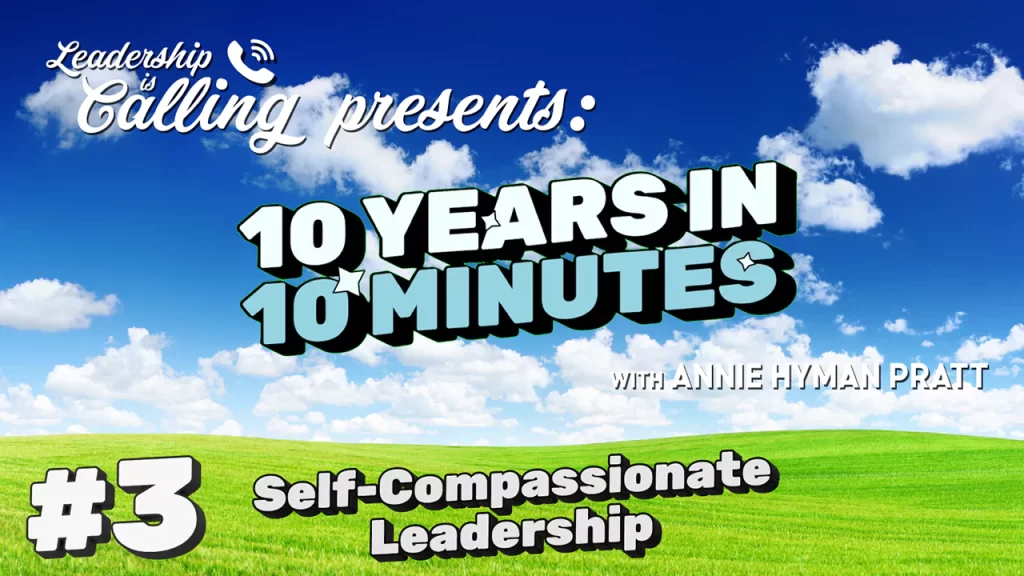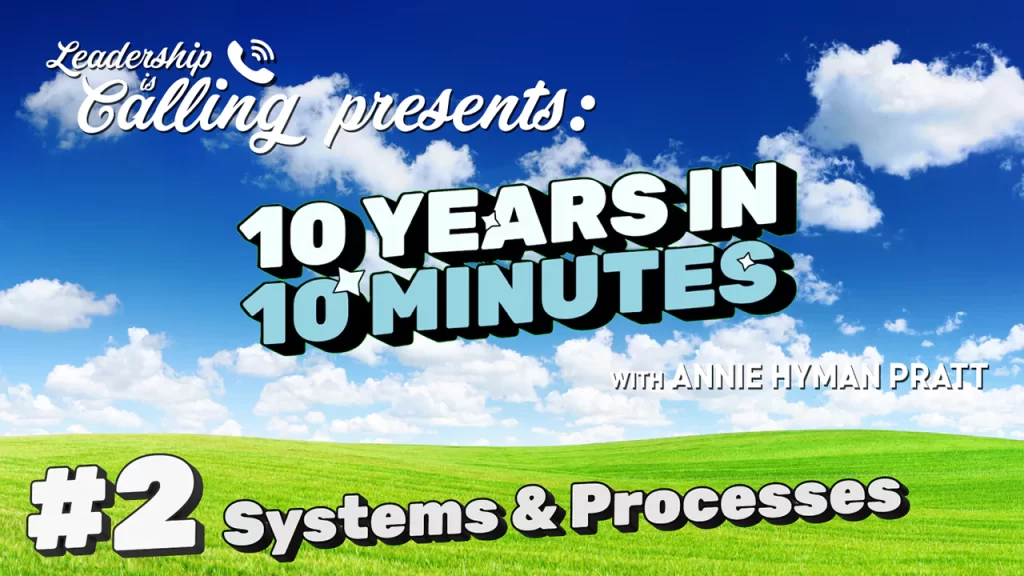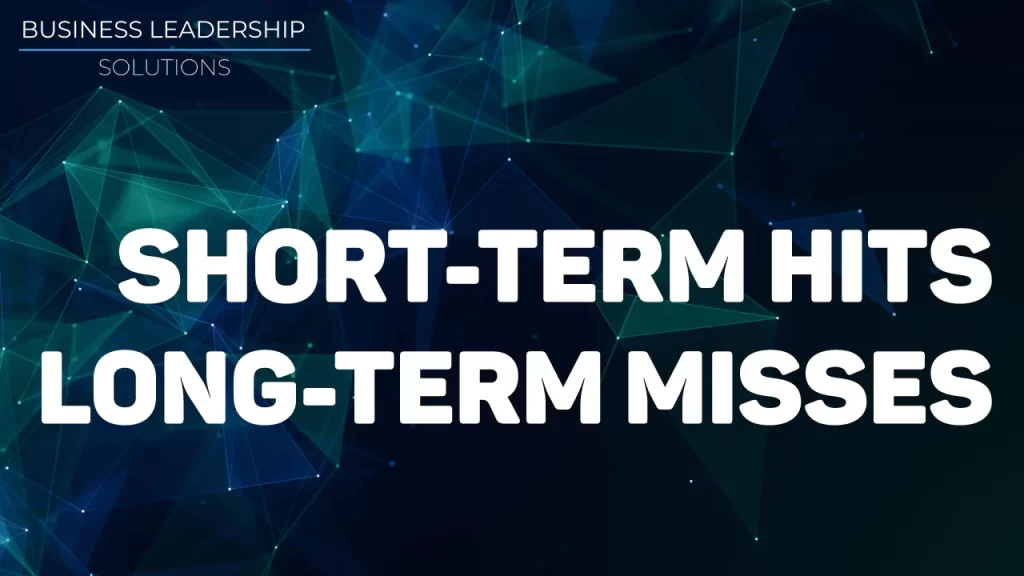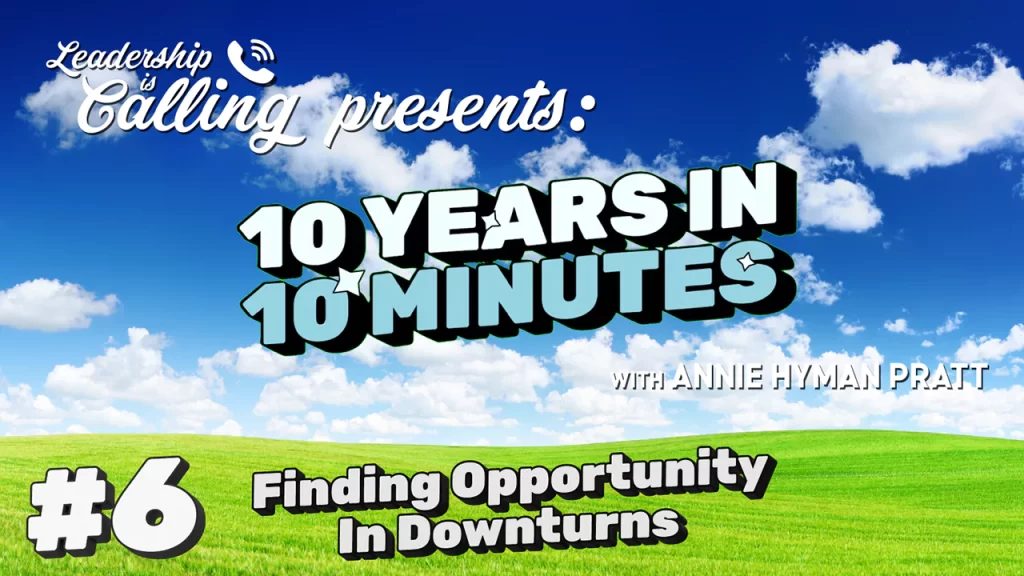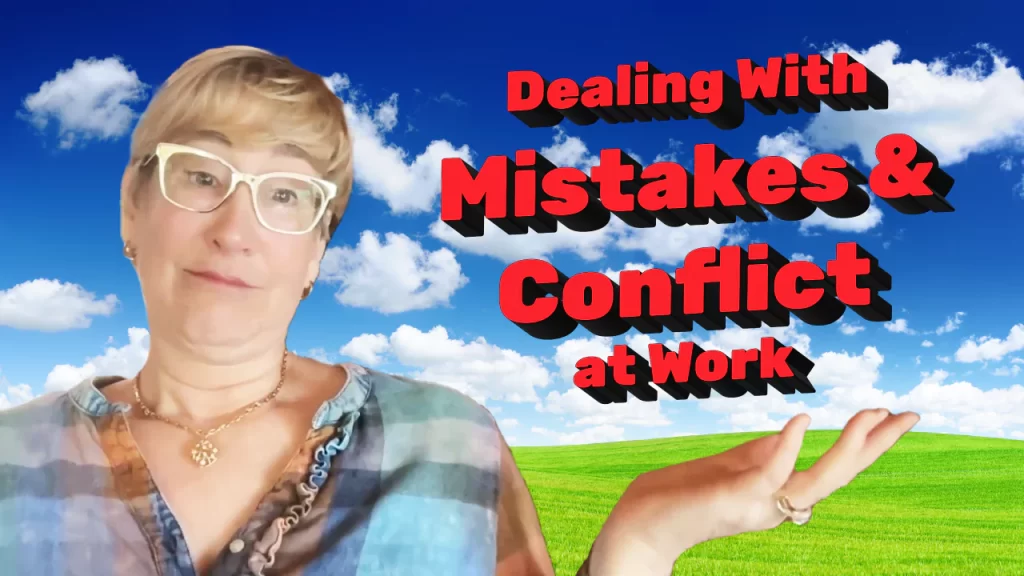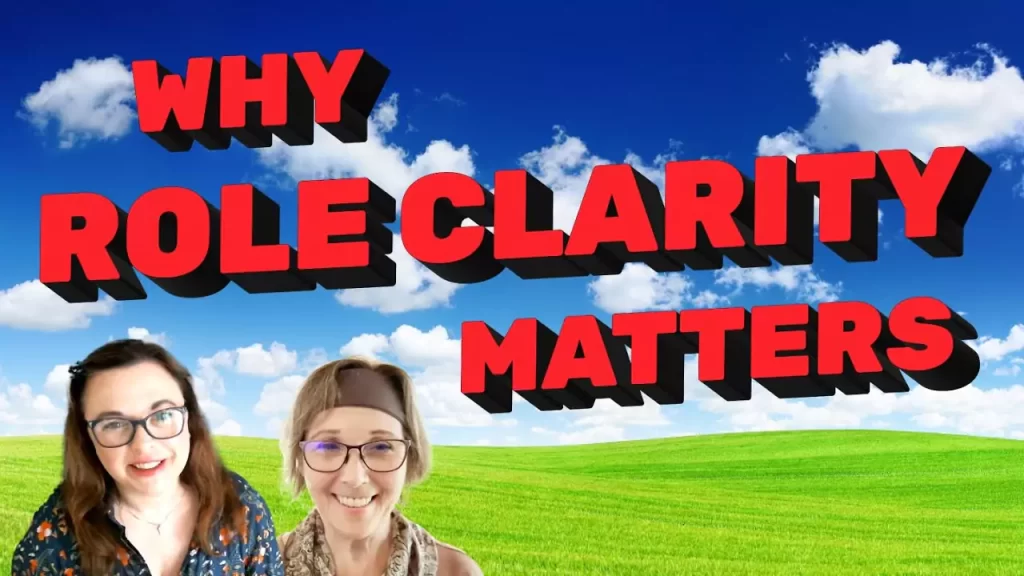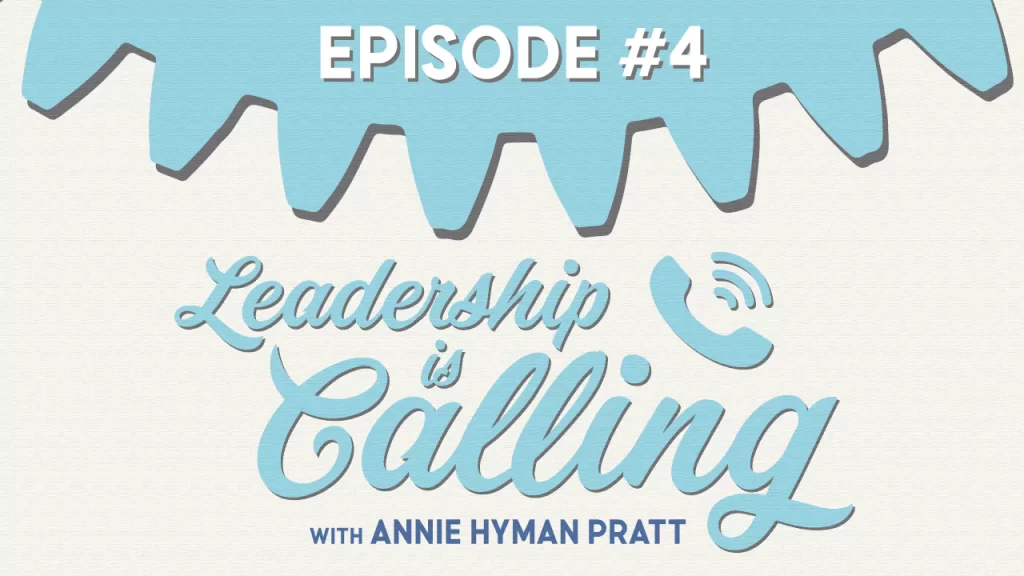Episode #38: Navigating Restructuring: Maintaining Role Clarity Amidst Change
Leadership is Calling Episode #38
Barbara Schindler & Heather McGonigal
- Description
- Transcript
Navigating Restructuring: Maintaining Role Clarity Amidst Change
“Restructure can happen because business is going up. It could happen because business is going down. It could happen just because we have new ideas to expand what we’re doing.” -Barbara
In today’s ever-changing business landscape, organizations are constantly evolving and adapting to new challenges and opportunities. Restructuring is often a necessary part of this process, but it can also be a time of uncertainty and upheaval for employees.
In this video, Barbara and Heather discuss the importance of role clarity during restructuring. They explore why role clarity is essential for effective change management, and provide practical tips for maintaining role clarity throughout the restructuring process.
Key Points
- Restructures happen when business needs change, whether growing or shrinking.
- The goal is to build an organization that supports functionality and workflow.
- Role clarity is essential – it reduces burnout and helps people work optimally.
- Communication pathways should match how information needs to flow to support outcomes.
- It’s an ongoing process to assess structure and make adjustments as the business evolves.
Related Resources
Leadership Skills: The Business Part
Leadership Development Articles: Leadership in Times of Uncertainty | Healthy Vulnerability in the Workplace
Downloadable Leadership Tool: The Key Basics of Agreements
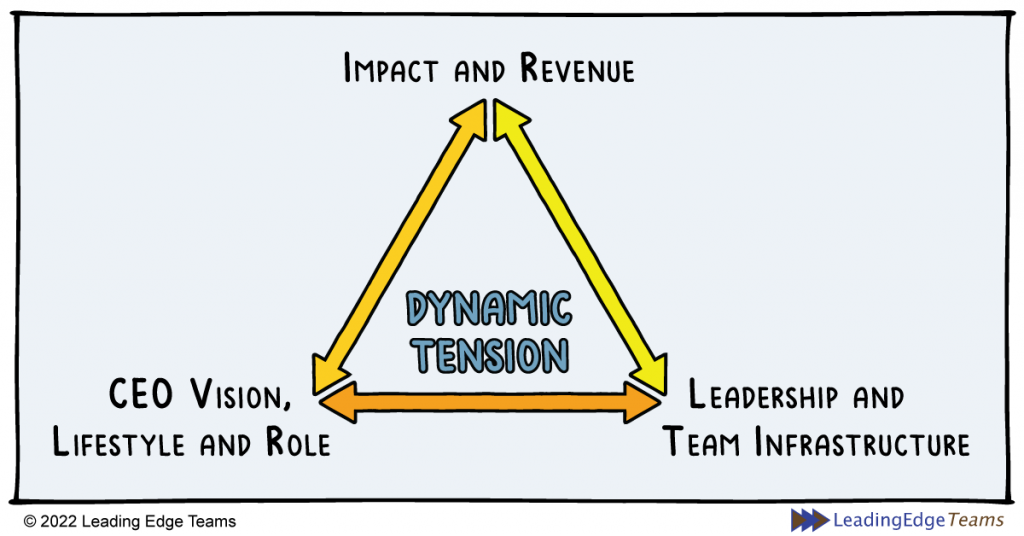
Auto-Generated Transcript – unedited version
Navigating Restructuring: Maintaining Role Clarity Amidst Change
You mentioned a lot of organizations doing restructures at this current time. And, you know, I know from working inside of this company alongside you that you’re very passionate about role clarity and that is very much tied to organization, organizational structure. Those things really matter from my vantage point, for us knowing how we work together as a team, what are you seeing? Why are the org restructures and the different things most happening more frequently now? And why does it matter? Like, what’s the goal of a good restructure? What do you do? What do you go for?
You know, I, I must say that a restructure is something your business asks for. The business needs it, right? And we want to keep getting structured. You know, once you’re beyond a startup, you need to start having organizational functions. Does that start getting more role clarity? Otherwise, you’re going to have burnout. We have a team right now that is going through a major restructure, moving into a new framework of leadership that includes cross-functional leadership and role clarity with responsibilities.
Right? When your role has a level of responsibility, it has a role, a level of authority, and some expectations of what you’re going to be accomplishing and how that plays with all the other roles. Right? So that’s where we get into the functional conversation. And going back to it’s like restructure can happen because business is going up. It could happen because business is going down. It could happen just because we have new ideas to expand what we’re doing, whether it’s from production in marketing or on the delivery end, restructuring has a lot of why it may come forward.
But if you’re paying attention, which is really essential in your leadership development, just to pay attention to the health of the business, what does the business need? And the business needs a functional organization for how things are done. What we’re doing and how things get done then. And that really is the bridge in the business to your greatest asset is your team. How we get this done and the talent you need, the interactive behaviors and relationships that you need. We talk about self leadership, people showing up with optimal performance, which means optimal well-being. So they have their best thinking, their best focus and energy.
And, you know, just thinking of this company we’re working with right now and one of the team members, he feels like the weight of the world. We’re getting real clarity and hiring people as fast as we can and defining these roles as quickly as we can with the restructure. And in the meantime, he’s still in that place of plugging so many holes. He’s exhausted. I mean, literally he’s exhausted. And how, you know, we’re like, what are you doing? It’s like everything. I don’t I just everything, you know, And that’s like the the worst case scenario that shows a, you know, no role, clarity, So when you have that showing up in an organization and or team members having that experience, it’s really a symptom of something else, which is role clarity, not enough resources.
By resources. In this case I also mean team members. I also want to really highlight for anyone listening to this conversation big Barbara ism here is your business has needs. That’s true. Find this. Yeah. Yeah. You know, and that organizational structure needs to follow the functionality. Right?
And there’s times you know because it’s how the work you know tests move right but it also is how communication needs to move. And and you know, we’ve worked with teams in the past, you know, maybe first coming to us and they’d be like, well, here’s our organizational structure because this person talks to this person and we have this meeting and that meeting and it makes no sense to the actual functionality of how we need to transfer information for the best productivity and outcome. Right?
And so we’re coming back to, you know, how listening to the business, I guess is the best way . That’s my barbarism for sure right now. And what’s informing us for where the information needs to move up and down the triangle. We talk about the business as a strategy on top and function in and bottom and execution in the middle. Right? The information needs to move kind of in areas of functions and then, yes, we absolutely need to build cross-functional communication at the right points and with the right people.
One of the large organizations we’re working with right now has gone through the reorganization of structure. And now we’re at the point of creating an executive team and we have a lot of functional areas and we’re building out cross-functional teams. So we get the cross-functional team together. It’s like, this person remembers a cross-functional team. We want to think from all the specific areas. So we have perspectives in our think tank, right in our meeting time. If our problem solving is created, I do everything right. So anyway, we’re at this moment. Well, okay. And this person should be here too, because they have this perspective. And also we’re looking at it now this week or like there’s too many people in this meeting, too. Right.
So what I was like, okay, so clearly, we need two layers here and we still need to consider the full, you know, cross-functional perspective. And what would be the difference? Where are the communication levels needed to break this down? So we’re going to get that by assessing and listening into the business and how information needs to move to inform the actions that are happening that reach to our achievements. You know, if it’s a process, you know, and certainly something that you have to keep coming back to each area of, you know, to really get that, you know, the role, clarity, it’s a process. And so there are steps to it. And that’s we’re not there yet. Sometimes that’s not there yet.
And you know that that team right now, let’s go there is structure. We just have one team member who’s still holding too many parts to catch the drips kind of thing. There’s just like, no, not there yet, but let’s relieve some of that pressure right away. Well, we get that role clarity moving, and some of that is because of the process of hiring and that that really is the gap for that company. We’ve got to get that defined roles enough to get the people in that needed to be added to to meet the business needs for functioning together as a team. Yeah.
Yes. Seasons change, as all things do. Thanks for chatting today, Heather.
What’s your leadership superpower? Visit LeadingEdgeTeams.com/quiz to take our leadership assessment quiz and find out.

